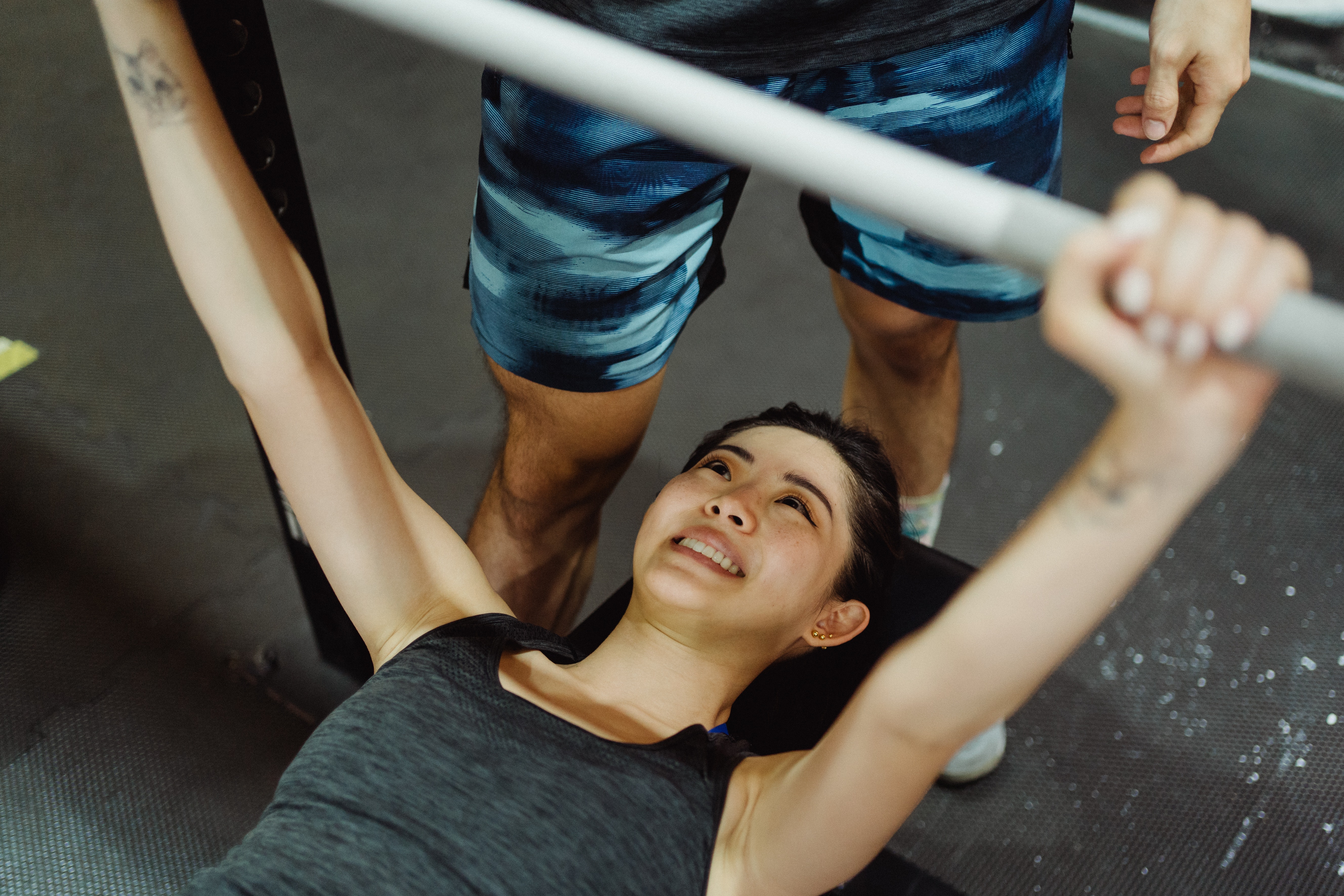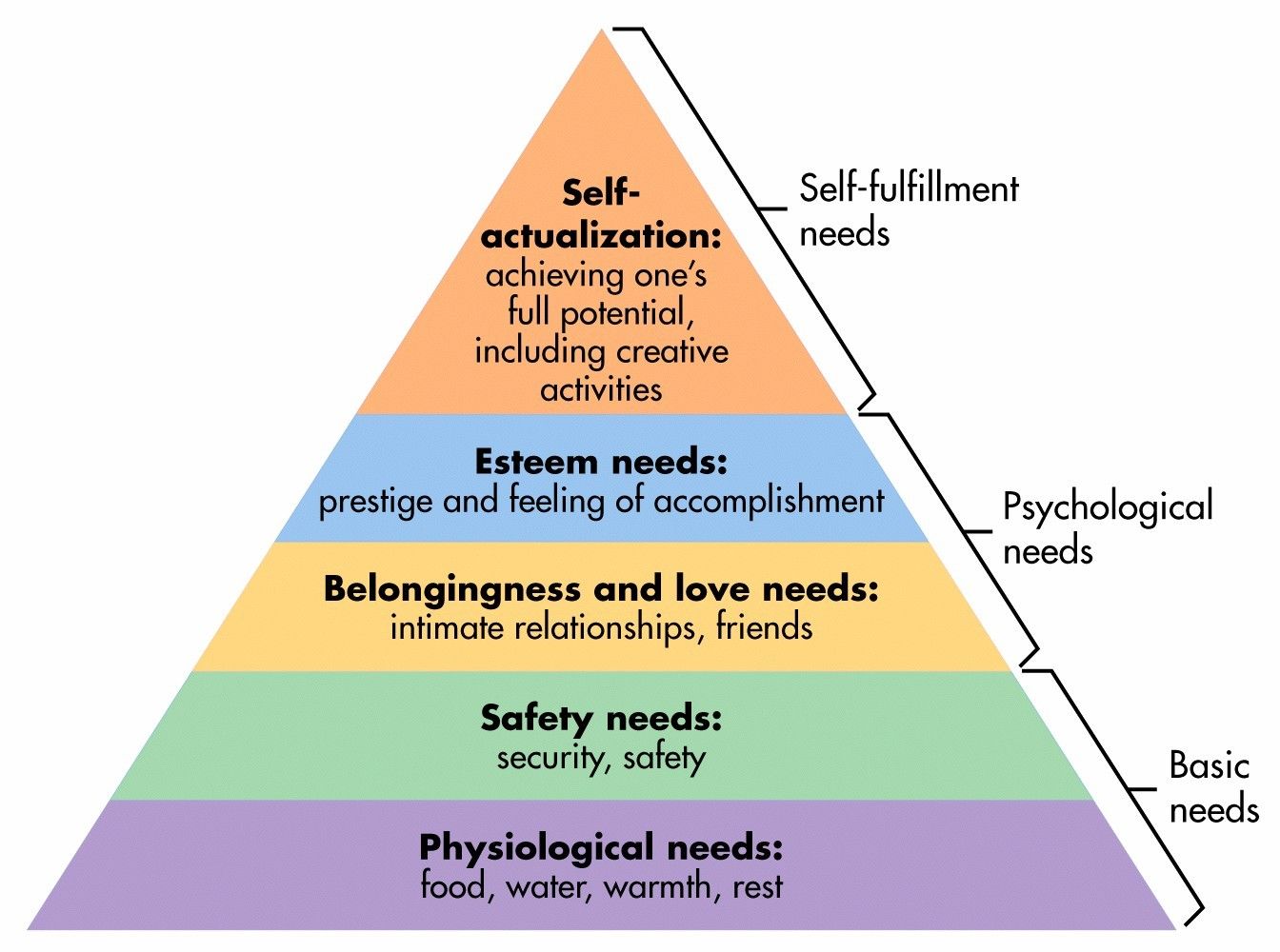
Being trained as a Physical Therapist, my role has always been to optimize my clients’ physical health to prevent and rehabilitate injuries. Along my journey, one thing I’ve learned is that physical health cannot be looked at in a vacuum. It really needs to be viewed from a societal lens. I’m going to dive into the differences between Modern Society vs. the conditions our ancestors lived in, and its impact on our physical health; with recommendations for how to build a more active life.
Looking at Modern Society from a physical activity lens, we were clearly not designed for this way of living. Our ancestors were constantly physically active just to survive. There were no cars, trains, planes. They had to walk long distances to get from Point A to Point B, hunt for food, search for shelter and find warmth. These requirements forced them to be active just to fulfill their daily requirements. According to this article, hunter gatherers completed on average 135 minutes per day of moderate to vigorous physical activity. They walked 8 to 14 kilometers daily. The average Canadian today aged 18-70 fulfills an average of 27 minutes per day of moderate to vigorous physical activity. That’s exactly 5 times less per day than hunter gatherers did.
So why are we so much less active today? Well, let’s look at it using a needs-based approach. Remember Maslow’s Hierarchy of Needs? Maslow (1943) stated that our most basic needs include: Physiological needs such as food, water, warmth/rest, and Safety Needs including security and safety. We then move up the pyramid to our Psychological needs such as Belongingness, Love and Esteem. And finally at the top is our need to Self-Actualize – that is, achieving our full potential.

In Western Societies today, what options do we have to fulfill our most basic needs? Well, we can order groceries to our house, order takeout, drink water from our taps (or water filter), turn on the heat for warmth, and lock our doors for safety. So all of our basic physiological needs can be met without leaving the house.
In terms of our Psychological needs, we can text or call friends, face-time loved ones, and use social media to interact with a broader social network. Most of our psychological needs can also be met also without leaving the house.
And finally, our need to Self-Actualize. To fulfill this, most of us go to school and then work to build our careers. This was the last of our needs that really did not have many sedentary options. We truly had to physically go somewhere to fulfill this, and that forced us to be somewhat physically active. With the shift to more remote schooling and remote work, this final need at the top of the pyramid can now often be achieved without leaving our house.

So in essence, many of us are able to fulfill most if not all of our needs without even stepping a foot outdoors. As our societies have progressed, we’ve made our lives more safe and convenient. We don’t have to hunt a boar for food, or search kilometers for shelter. But in this process of making our lives easier, we’ve also decreased our daily physical activity requirements. So simply put, we are not set up to move, because we do not need to move. We are set up to stay sedentary, because if we don’t have to exercise to fulfill a need, we often won’t. Our brains have evolved to conserve energy where we can, to increase our chances for survival. And we do not need to be physically active to eat, drink, be warm, find shelter, socialize, or build our careers.
So where do we go from here?
We should be mindful of not completely removing all of our needs to exercise. To truly be physically active, we should try to incorporate it into our everyday lives with frequent spontaneous exercise, rather than compartmentalizing it into a 30 minute biceps and chest workout. That means walking to the store to pick up that food you ordered. Or walking to that dentist appointment that’s only a 20 minute walk away. Because as much as we’d like to think the effects of a sedentary lifestyle are negated by 30 minutes of daily exercise, they’re not. It’s not how we were designed to live.

We have a responsibility to our bodies to provide it with what it requires. And frequent physical activity throughout the day falls within that category. Despite our evolutionary instinct to be sedentary for energy conservation, we can’t afford to do that. With all that we have available to us in modern society, we’re set up to move as little as possible. Awareness of this fact can go a long way.
My best advice to all of you is to attach some of our Hierarchical Needs to physical activity. Walk to the grocery store for food. Join a running club or yoga class for social activity. Bike to school or work for self-actualization. Learn martial arts and self defense for safety and security.
We live a very different life today than our ancestors did. With all of our advances, we’ve taken away our requirements to be an active species. In this modern world, our best chance at truly living a physically active life is to have activity be required to fulfill our everyday needs, not just a 30 minute interruption in our otherwise sedentary days.

Well said! Very much enjoyed the article. Thanks a lot!;)